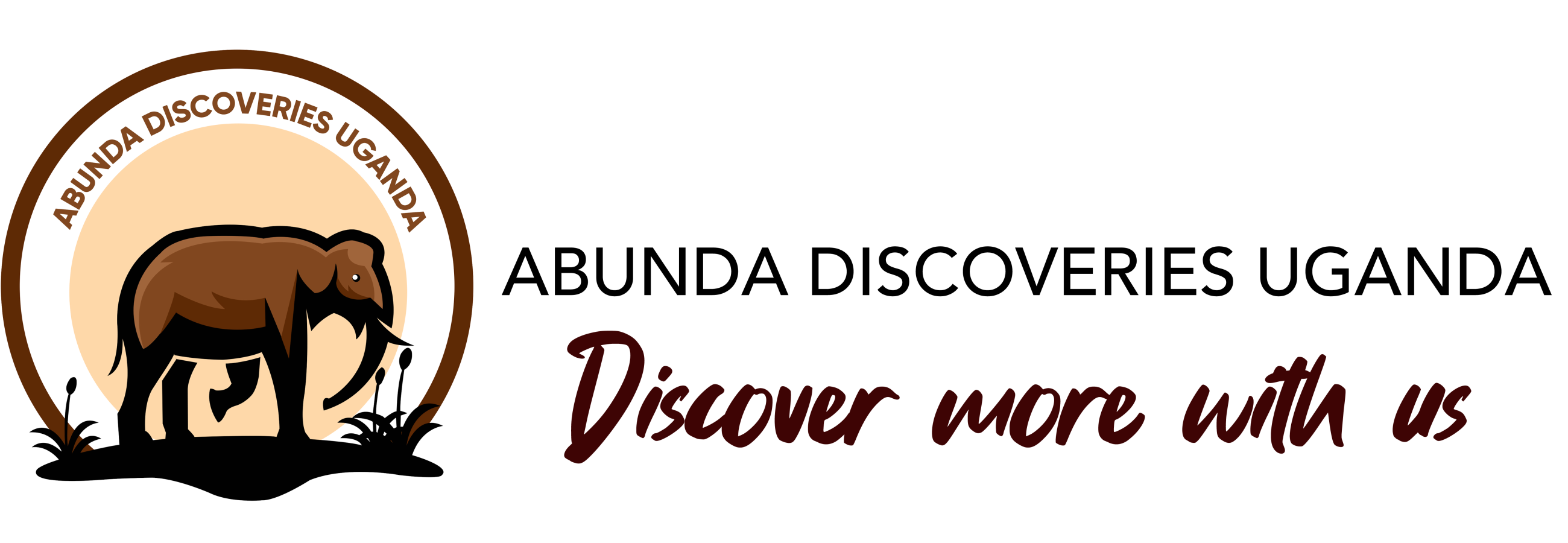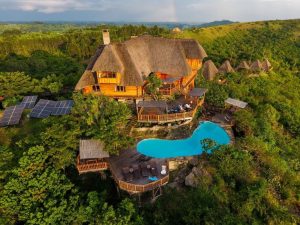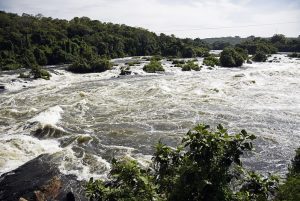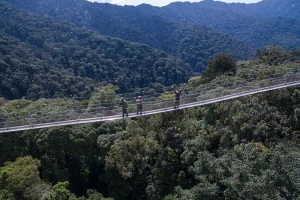Rwanda, often referred to as the “Land of a Thousand Hills,” is globally celebrated for its remarkable biodiversity. While the country is most famous for its mountain gorillas, Rwanda is also home to a rich variety of other primate species. These range from the endangered golden monkeys to playful vervet monkeys and elusive nocturnal species. Rwanda Primates and Their Habitats
Understanding the different primates of Rwanda and where to see them is essential for travelers planning a safari or wildlife adventure. In this comprehensive guide, we explore Rwanda’s primate species and their natural habitats, helping you plan an unforgettable encounter with some of Africa’s most fascinating creatures. Rwanda Primates and Their Habitats
What Makes Rwanda a Unique Primate Destination?
Rwanda’s landscape is diverse, with lush rainforests, volcanic mountain ranges, and swampy valleys. These varying ecosystems create ideal habitats for different types of primates. The country has three main national parks that serve as strongholds for these animals:
Each of these parks supports distinct primate communities, making Rwanda one of Africa’s premier destinations for primate tourism.
Which Primate Species Can You See in Rwanda?
Let’s look at the key primate species found in Rwanda and the best places to observe them in the wild.
Mountain Gorillas (Gorilla beringei beringei)
Habitat: Volcanoes National Park
Population Status: Critically Endangered, though slowly recovering
Best Time to Visit: Dry seasons from June to September and December to February
Mountain gorillas are Rwanda’s flagship primate species. These gentle giants live in the mist-covered slopes of the Virunga Volcanoes. Visitors can go on a guided gorilla trek in Volcanoes National Park to observe a habituated group in its natural environment. Trekking can last from 2 to 6 hours depending on the gorilla family’s location, but the hour you spend in their presence is unforgettable.
Each gorilla family has its own hierarchy, often led by a dominant silverback male. Watching them interact, feed, and care for their young offers a deeply moving experience that connects you with nature in the most profound way.
Golden Monkeys (Cercopithecus kandti)
Habitat: Volcanoes National Park
Population Status: Endangered
Group Size: 80–100 individuals
Behavior: Active, fast-moving, and playful
Golden monkeys are another rare primate found in the bamboo forests of Volcanoes National Park. They are smaller and more agile than gorillas, with a bright golden-orange coat and expressive faces. Unlike gorillas, golden monkeys move quickly through the forest canopy and are known for their energetic and social behavior.
Trekking to see golden monkeys is generally less strenuous than gorilla trekking, making it suitable for families and travelers looking for a shorter adventure.
Chimpanzees (Pan troglodytes schweinfurthii)
Habitat: Nyungwe Forest National Park and Gishwati-Mukura National Park
Population Estimate: Around 500 in Nyungwe and fewer in Gishwati-Mukura
Best Time to See Them: Morning treks during the dry season
Chimpanzees are our closest living relatives and a highlight for primate enthusiasts. Nyungwe Forest is the top destination for chimpanzee trekking in Rwanda. These intelligent and vocal primates live in large, loosely bonded communities and are highly mobile, making sightings a bit more unpredictable but incredibly rewarding.
In Nyungwe, you’ll join experienced trackers in the early morning hours as they search for signs such as fresh nests or vocal calls. While the forest terrain is hilly and thick, the chance to witness chimpanzees communicating, grooming, or feeding is well worth the effort.
L’Hoest’s Monkeys (Allochrocebus lhoesti)
Habitat: Nyungwe Forest National Park
Behavior: Shy, ground-dwelling, and typically seen in small groups
L’Hoest’s monkeys are endemic to the Albertine Rift and are frequently seen during forest hikes in Nyungwe. These monkeys are distinguished by their white beards and dark fur. They tend to be more reserved than other monkey species but can often be spotted in clearings or along forest trails.
Because of their elusive nature, sightings are usually quick, but Nyungwe offers the best chances of an encounter.
Colobus Monkeys (Colobus guereza)
Habitat: Nyungwe Forest National Park
Group Size: Some of the largest troops in Africa, sometimes exceeding 300 individuals
Features: Black-and-white coloration and a distinctive long tail
Nyungwe is home to East Africa’s largest troops of Angola black-and-white colobus monkeys. These striking monkeys move through the trees with incredible agility. They feed primarily on leaves and live in large, cohesive groups, making them one of the more commonly seen species during forest walks.
The Canopy Walkway in Nyungwe offers a spectacular vantage point for observing these monkeys from above.
Vervet Monkeys (Chlorocebus pygerythrus)
Habitat: Various habitats including open woodlands, forests, and near human settlements
Behavior: Social and curious, often seen in groups
Vervet monkeys are highly adaptable and can be found in many parts of Rwanda, including the edges of national parks and even near lodges. Their social behavior and bold personalities often make them entertaining to watch. However, visitors should avoid feeding them to prevent dependency and aggressive behavior.
Olive Baboons (Papio anubis)
Habitat: Widespread, including Akagera National Park and forest edges
Group Size: Large troops with complex social structures
Olive baboons are among Rwanda’s most visible primates due to their wide range and diurnal habits. While not forest specialists like other species, they play a vital ecological role. They are highly intelligent and often display a fascinating array of social interactions.
Nocturnal Primates
Rwanda also hosts several lesser-known nocturnal primates, including:
- Bush babies (Galagos)
- Pottos (Perodicticus potto)
These small, secretive primates are rarely seen during the day but can sometimes be spotted on night walks in Nyungwe or Gishwati-Mukura.
Where Should You Go for the Best Primate Experiences?
| National Park | Key Primates | Activities Offered |
|---|---|---|
| Volcanoes National Park | Mountain gorillas, golden monkeys | Gorilla trekking, golden monkey tracking |
| Nyungwe Forest National Park | Chimpanzees, colobus monkeys, L’Hoest’s monkeys | Chimpanzee trekking, canopy walk, birding, forest hikes |
| Gishwati-Mukura National Park | Chimpanzees, L’Hoest’s monkeys, golden monkeys | Chimpanzee trekking, nature walks, conservation tours |
| Akagera National Park | Olive baboons, vervet monkeys | Game drives, boat safaris |
Responsible Primate Tourism
Rwanda places a strong emphasis on conservation and sustainable tourism. Primate viewing is strictly regulated to minimize human impact and support long-term wildlife protection. Key guidelines include:
- Maintaining a safe distance from primates
- Avoiding direct eye contact, especially with gorillas
- Not trekking when sick, to prevent disease transmission
- Following all instructions given by park rangers and guides
Tourism revenue supports conservation efforts and benefits local communities, making your visit a powerful contribution to the protection of Rwanda’s natural heritage.
Final Thoughts
Rwanda’s primate diversity is both extraordinary and accessible. From tracking majestic mountain gorillas in the Virunga Mountains to hearing the calls of chimpanzees echo through Nyungwe Forest, the opportunities for primate encounters are unmatched. Each park offers its own special experience, and together they form a journey through one of Africa’s most biodiverse and inspiring regions. Rwanda Primates and Their Habitats
Whether you’re a wildlife photographer, nature lover, or first-time safari traveler, Rwanda offers a window into the lives of some of the most fascinating creatures on earth—all within beautifully preserved natural habitats. Rwanda Primates and Their Habitats
Would you like a personalized itinerary to see Rwanda’s primates in 2025 or 2026? We can help tailor your journey based on your interests and travel style.




